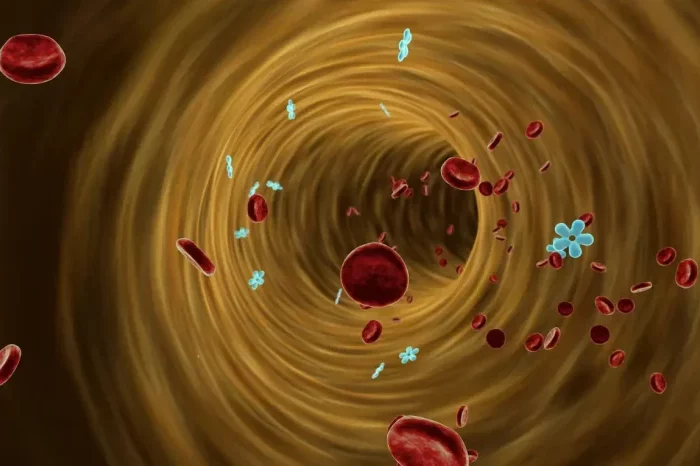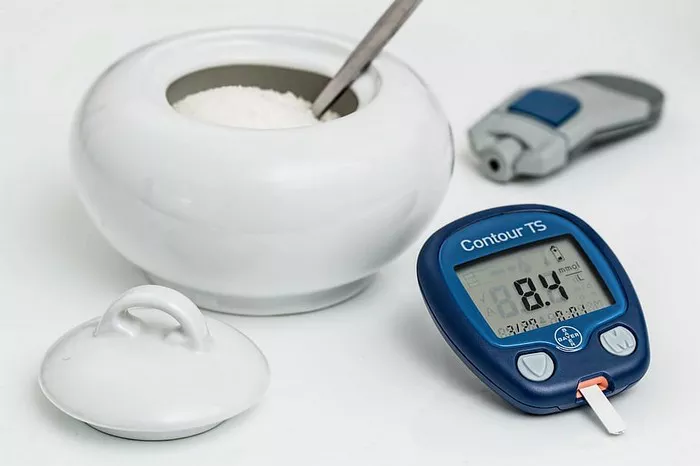Insulin resistance stands as a hallmark in the spectrum of metabolic disorders, intertwining with conditions like obesity, type 2 diabetes mellitus (T2DM), and cardiovascular diseases. Its insidious progression can lead to significant health implications if left unchecked. However, amidst the bleak landscape, there exists a ray of hope – the potential for reversal. But how long does it take for this reversal to occur? This question lies at the heart of managing insulin resistance and preventing its associated complications.
Understanding Insulin Resistance:
Before delving into the timeline of reversal, it’s crucial to comprehend the intricacies of insulin resistance. At its core, insulin resistance refers to a state where cells become less responsive to the effects of insulin, the hormone responsible for regulating blood glucose levels. This diminished responsiveness leads to compensatory mechanisms, such as increased insulin secretion by the pancreas, ultimately resulting in hyperinsulinemia.
The Timeline of Reversal:
The journey towards reversing insulin resistance is multifaceted, influenced by various factors including lifestyle modifications, pharmacotherapy, and individual metabolic characteristics. Consequently, the timeline for reversal is not rigid but rather dynamic, contingent upon the degree of insulin resistance, adherence to interventions, and genetic predispositions.
Short-Term Reversal Efforts:
In the short term, interventions primarily focus on ameliorating insulin sensitivity through lifestyle modifications. Studies suggest that even within a few days to weeks of initiating dietary changes and exercise, improvements in insulin sensitivity can be observed. Reduced caloric intake, especially from sources high in refined sugars and carbohydrates, coupled with increased physical activity, promotes weight loss and enhances insulin action.
Medium-Term Reversal Strategies:
As individuals persist in their efforts to combat insulin resistance, medium-term strategies come into play. This phase, spanning several months, is characterized by sustained lifestyle modifications and, in some cases, the introduction of pharmacotherapy. Weight loss remains central, with studies indicating that modest reductions in body weight – as little as 5-10% – can significantly enhance insulin sensitivity. Additionally, medications such as metformin and thiazolidinediones may be prescribed to complement lifestyle interventions and further improve glycemic control.
Long-Term Maintenance and Consolidation:
The journey towards reversing insulin resistance extends beyond short and medium-term interventions; it necessitates long-term maintenance and consolidation strategies. Sustainability is key, emphasizing the importance of incorporating healthy habits into daily life. Regular physical activity, balanced nutrition, adequate sleep, and stress management form the cornerstone of this phase. Moreover, ongoing medical monitoring and adjustments in treatment regimens ensure continued success in managing insulin resistance and preventing its recurrence.
Individual Variability and Genetic Factors:
It’s essential to recognize that the timeline for reversing insulin resistance is not uniform across all individuals. Variability in metabolic responses, genetic predispositions, and comorbidities influence the rate and extent of improvement. Factors such as age, baseline insulin sensitivity, adiposity, and adherence to interventions contribute to this variability. Therefore, personalized approaches tailored to each individual’s needs are paramount in optimizing outcomes.
Challenges and Considerations:
Despite the potential for reversal, challenges abound in the management of insulin resistance. Adherence to lifestyle modifications, especially in the face of societal and environmental pressures, remains a significant hurdle. Additionally, addressing underlying contributors such as chronic inflammation, hormonal imbalances, and genetic predispositions requires a comprehensive and holistic approach. Furthermore, managing expectations and fostering realistic goals are crucial in navigating the complexities of reversing insulin resistance.
Conclusion:
The journey towards reversing insulin resistance is a multifaceted endeavor, influenced by numerous factors and characterized by a dynamic timeline. While short-term interventions yield rapid improvements in insulin sensitivity, sustained efforts over the medium and long term are essential for consolidation and maintenance. Personalized approaches, incorporating lifestyle modifications, pharmacotherapy, and ongoing medical monitoring, are paramount in achieving optimal outcomes. By understanding the nuances of insulin resistance reversal and adopting a comprehensive approach, healthcare providers can empower individuals to reclaim control over their metabolic health and mitigate the burden of associated complications.
Through concerted efforts and unwavering commitment, the tide against insulin resistance can be turned, offering a beacon of hope for a healthier and brighter future.
Related topics:
Is Coffee Good For Insulin Resistance?
























